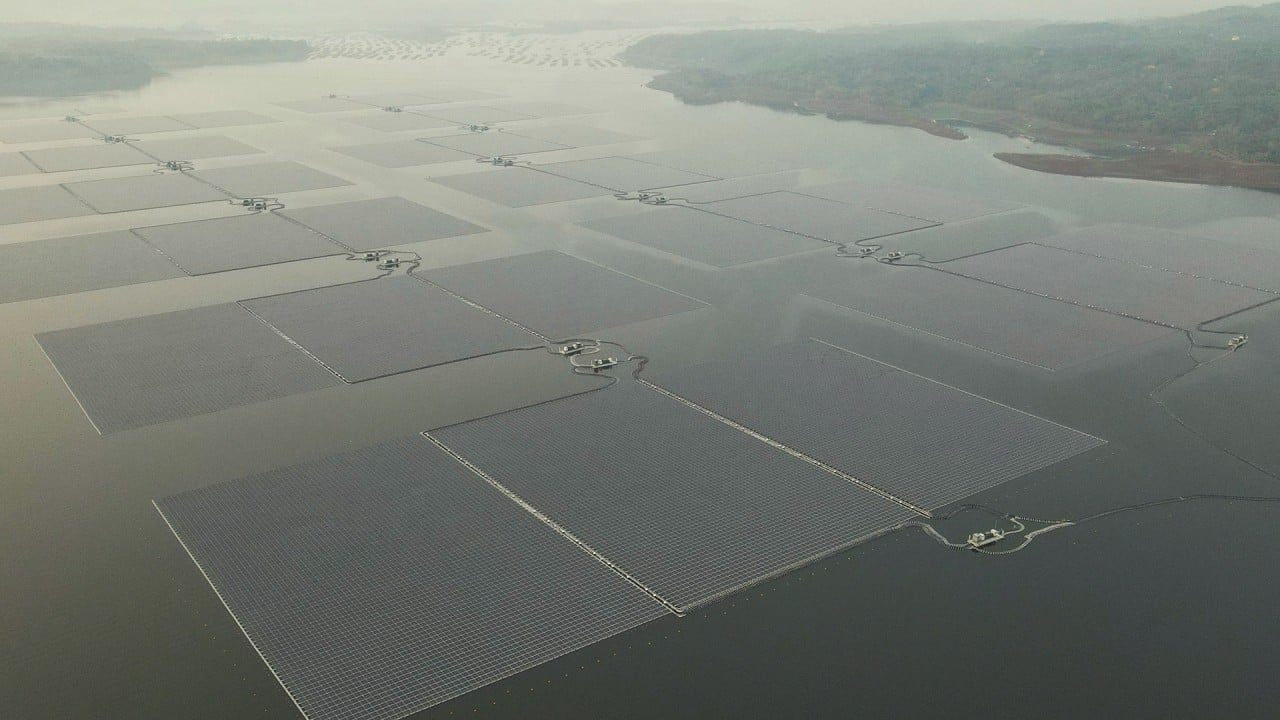
Climate change: record clean energy generation could propel China to peak power sector emissions by 2025, report says
- ‘The astonishing growth’ of clean energy installations means the country’s power sector is way ahead of the 2030 target, says climate think tank
- However, continued investment in coal-based capacity and a lack of firm emissions targets undermine efforts green transition efforts, says report
China is expected to generate 440 terawatt hours (TWh) of clean electricity from solar, wind, hydro and nuclear sources in 2023, exceeding the country’s 10-year average electricity demand growth of 367 TWh for the first time, said Helsinki-based climate think tank the Centre for Research on Energy and Clean Air (CREA).
“The astonishing growth of clean energy installations in China up to 2023 means the country now has the ability to peak and decline carbon dioxide emissions imminently by ensuring the continuation of that growth,” said Lauri Myllyvirta, lead analyst at CREA, in an email separate to the report.
“Yet, China’s current climate commitments leave space for carbon dioxide emissions to increase until the end of this decade, which would make meeting the goals of the Paris Agreement all but impossible.”
China, the world’s largest greenhouse gas emitter, is targeting peak carbon emissions by 2030 and net-zero emissions by 2060.
Despite President Xi Jinping’s declaration that China would “phase down” coal use starting from 2026, the government has been promoting a massive wave of new coal power plants on the basis of energy security concerns. From the start of 2022 to July this year, China’s coal power capacity saw a net increase of 40 gigawatts (GW), while the rest of the world saw a net reduction of 19GW, according to the CREA and HBF report.
Construction of new coal plants outside China is on track to decline for the second year in a row and reach a record annual low in 2023, according to a report by Global Energy Monitor published on Tuesday.
“China’s emissions matter hugely for the global climate trajectory,” said Jörg Haas, head of the globalisation and transformation division of HBF.
The expansion of coal-fired power generation in China has been by far the main driver of increases in global emissions, responsible for three quarters of total emissions growth since the signing of the Paris Agreement in 2015, according to CREA.
“To keep [the Paris Agreement] goals within reach, it’s essential for China to commit to reducing power sector emissions as soon as possible,” said Myllyvirta.


